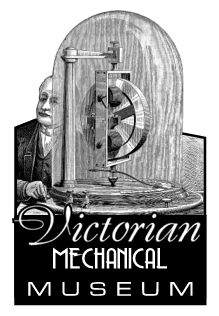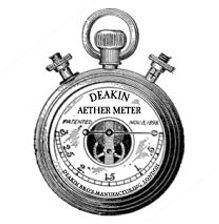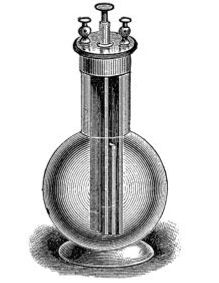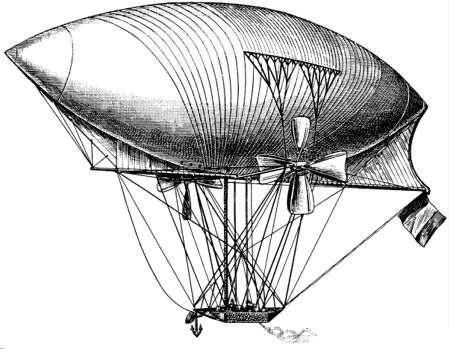 |
| Tintype of Timothy Deakin and Falynne Hyperion Deakin. 1889. Courtesy of the Deakin Archives, Mifflin University. |
We have long been remiss in noting that two members of our historical cast of characters enjoyed a relationship that extended well beyond their mutual involvement and membership in the Society of the Mechanical Sun. Timothy Deakin and Falynne Hyperion were married on 31 August, 1885. We formally acknowledge this matrimonial status as we present our latest exhibit relating to the series of 1889 tintypes discovered within the Deakin Archive. Our third featured tintype showcases the then Mr. and Mrs. Deakin in what is most certainly a rather non-traditional portrait of a Victorian-era married couple.
As with the other 1889 tintypes, the photograph was taken by Robert Deakin as members of the Society of the Mechanical Sun were preparing to confront Enoch Cyncad in his underground stronghold. Timothy Deakin is brandishing an æther-modified flintlock, one of twelve produced in the late 1870s by Hyperion in collaboration with Geoffrey Hawkins and Berkley Vanderzee.



















